
OR
Vulnerability of Sindhupalchowk
Infertile land, difficult terrains, earthquake-prone, and frequent witness to floods and landslides: the odds are stacked against Sindhupalchowk district.
So despite being so close to Kathmandu it is among the least developed districts in Nepal. During last year’s earthquakes, nearly 3,600 people were killed there, the most among the 14 hardest-hit districts; 97 percent of its houses were either partially or completely damaged. Most dismaying for Sindhupalchowk has been post-quake closure of the Tatopani border with China, which in many ways is the district’s lifeline. Before that, in 2014, over 150 people perished in landslides in the district’s Jure VDC. In the most recently landslides at Tatopani, the foundations of around 100 houses on the Kodari highway have been eaten away; it’s only a matter of time before they tumble down into the raging Bhotekoshi below. With the forces of nature so heavily ranged against the district, it is also hard to see what practical steps can be taken to ensure continued livelihood of around 300,000 people who call it their home.
Ever since last year’s earthquakes blocked the Tatopani border, lawmakers and civil society leaders from the district have been petitioning the government in Kathmandu to quickly open the border with China’s help. But China has been unenthusiastic. It now wants to develop Mustang’s Korala border crossing as the main entry point to Nepal. If China is determined to do so, for whatever reason, there is little Nepal can do. In fact, it even makes sense for Nepal to have an all-weather access to China that is less prone to water-induced disasters. But does that mean that the residents of Sindhupalchowk should be left to fend for themselves? No. It is the responsibility of the state to do whatever it can. So perhaps Nepal can seek greater help from China to rebuild damaged infrastructures and roads in Sindhupalchowk and lobby with it to develop Tatopani as an alternate border point to Korala. If Nepal can have as many as 15 border crossings with India, there is no reason it cannot have two decent roads to China’s Tibet as well. So Nepal should continue to push the Chinese to reopen Tatopani.
More than that, the riskiest settlements along Bhotekoshi need to be urgently relocated. Most of those rendered homeless by past water-induced disasters and last year’s earthquakes are still putting up in makeshift tents. There has been no serious government initiative to compensate them and build permanent shelters. But time has come to think about the long term as well. Reviving agriculture, still the main source of income for the majority of Sindupalchowk residents, will be hard in these difficult and increasingly infertile terrains. Perhaps the government could promote the less labor-intensive cash crops. Perhaps there could be more emphasis on developing specific tourist destinations, including the scenic Langtang National Park. Adventure sports like white-water rafting and bungee jumping over Bhotekoshi could also be better promoted. The status quo just won’t do. The current agriculture-dependent economy of Sindhupalchowk and its river-hugging settlements are both unviable and risky.
You May Like This
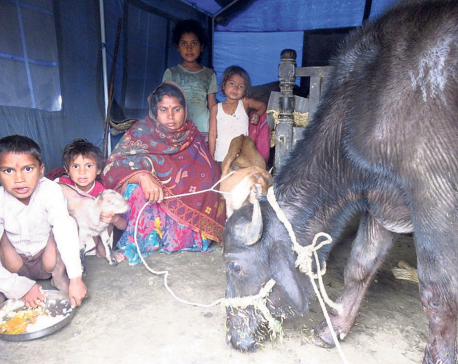
Tornado victims sharing tents with cattle
BARA, April 10: On Tuesday, Ram Kumari Devi Mandal, 42, of Rampurwa along with her six little children were found... Read More...
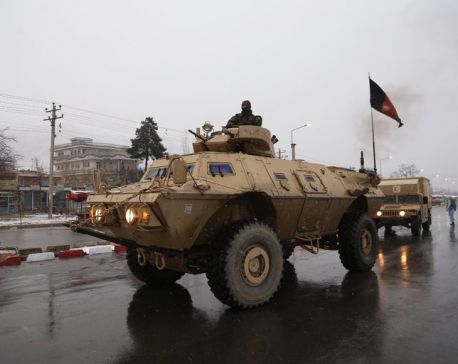
Gunmen storm military university in Kabul
KABUL, Jan 29: Gunmen attacked a military university in Kabul, capital of Afghanistan early on Monday, triggering explosions and gun fight,... Read More...

The perfect gift
If you are invited to a wedding party, barta bandha, or other social functions, you don’t have to worry much... Read More...

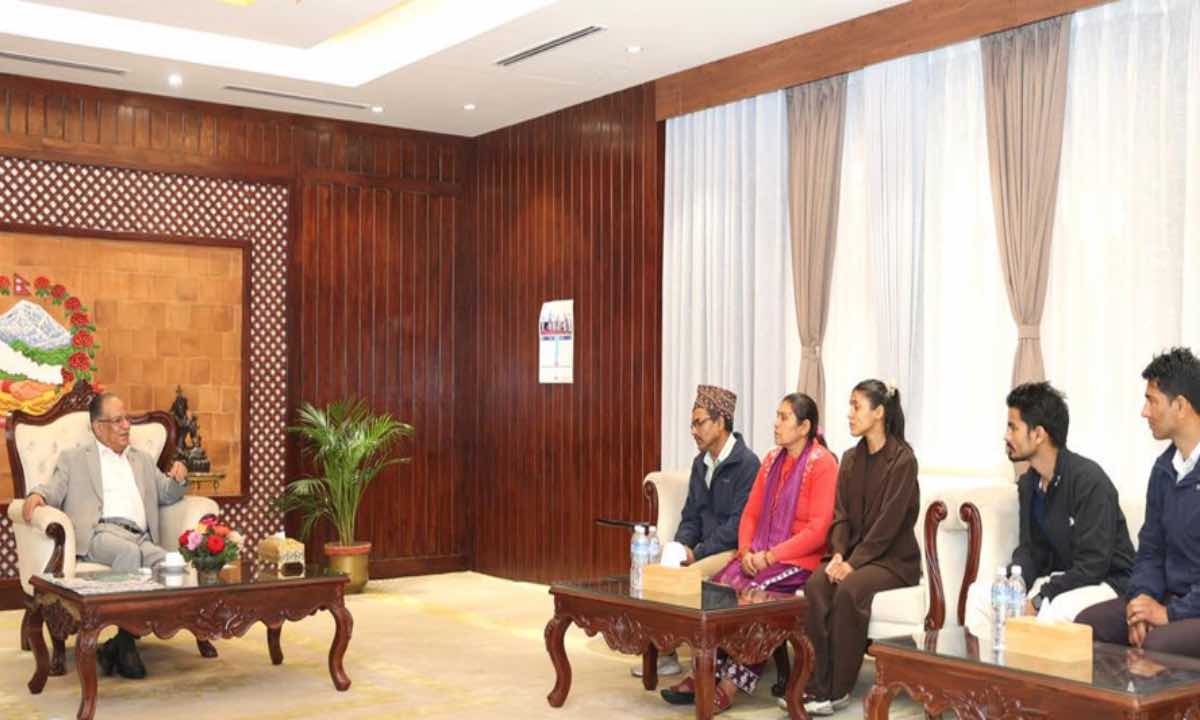
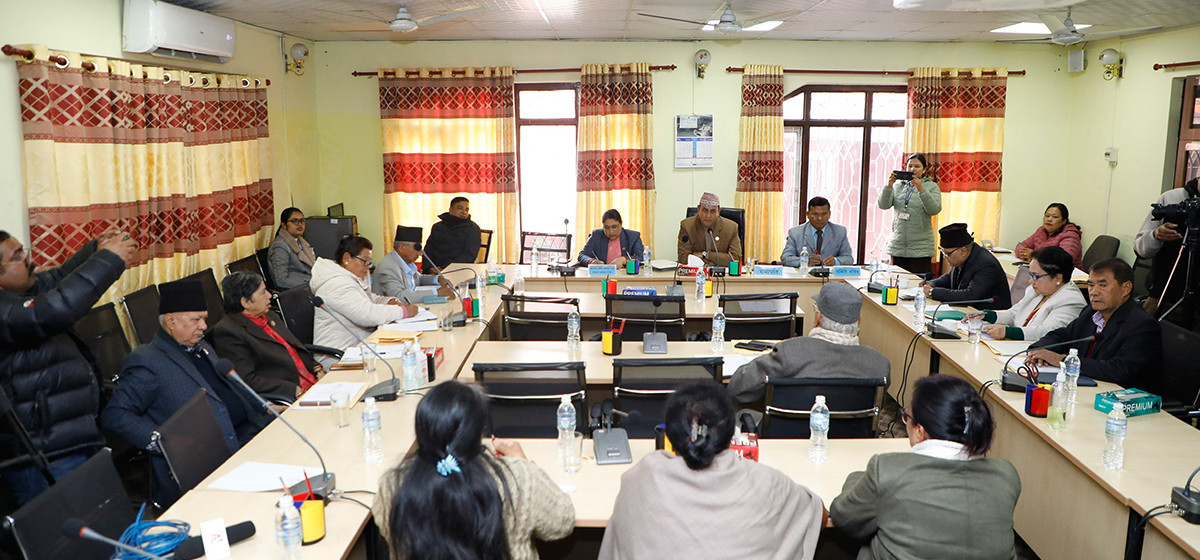

Just In
- Fire destroys wheat crop in Kanchanpur, Kailali
- Bipin Joshi's family meets PM Dahal
- State Affairs and Good Governance Committee meeting today
- Gold items weighing over 1 kg found in Air India aircraft at TIA
- ACC Premier Cup semi-final: Nepal vs UAE
- Sindhupalchowk bus accident update: The dead identified, injured undergoing treatment
- Construction of bailey bridge over Bheri river along Bheri corridor reaches final stage
- Taylor Swift releases ‘The Tortured Poets Department’












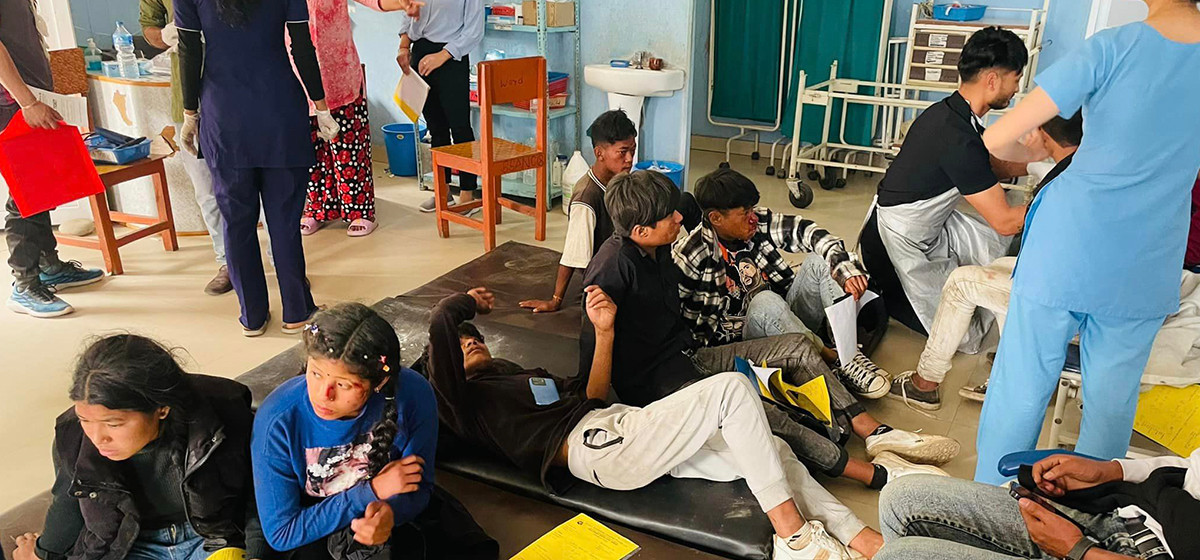
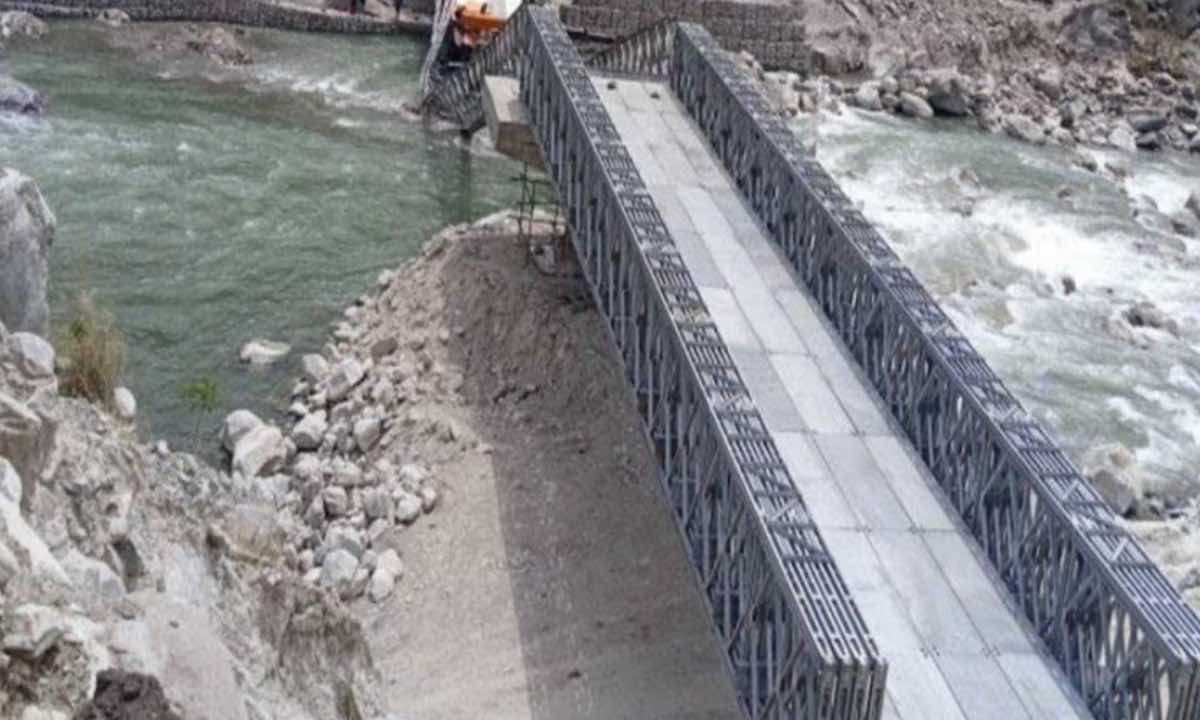

Leave A Comment